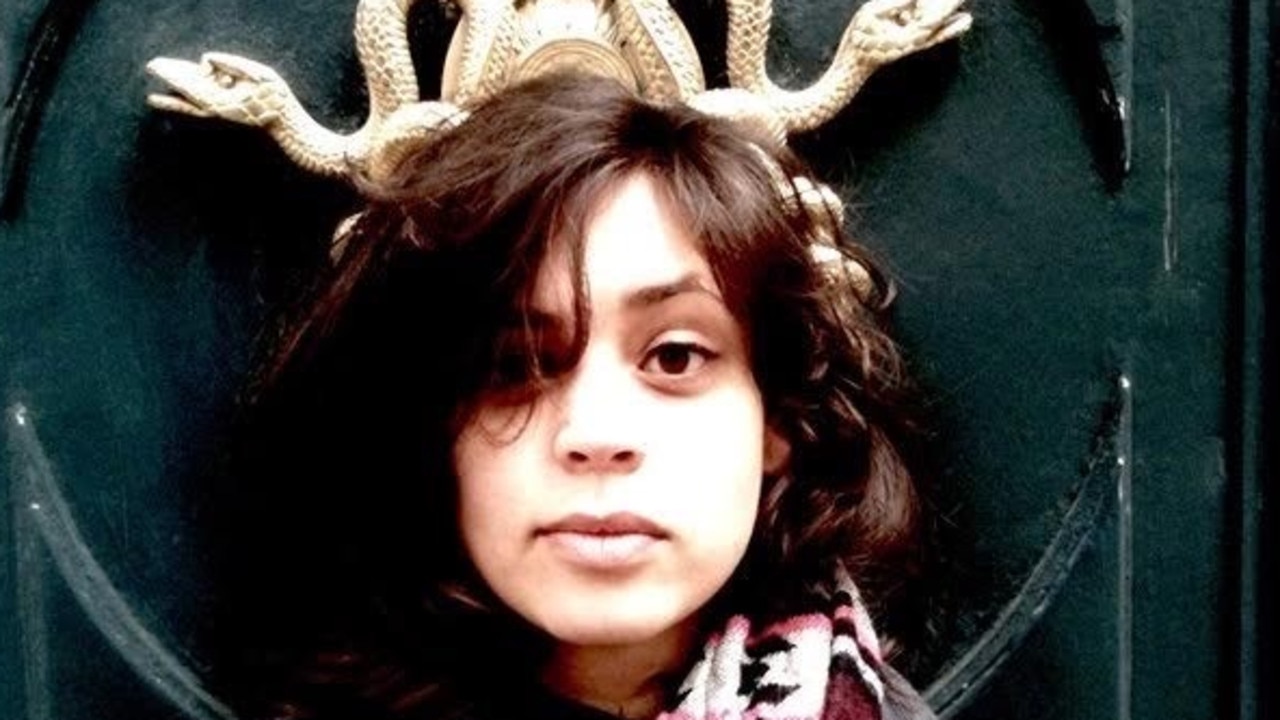Landmark exhibition casts new light on Claude Monet and the birth of French Impressionism
Down on the chilly docks of Le Havre, it’s not quite dawn and it feels like rain. Maybe it was a bit like this when Claude Monet painted the picture that would name an entire art movement — Impressionism.
Down on the chilly docks of the French port town of Le Havre, it’s not quite dawn and it feels like rain.
A young couple walks past after a long night, arguing loudly.
A little dog races after sea birds on the concrete apron fringing the harbour.
Otherwise all is still.
Maybe it was a bit like this in 1872, when Claude Monet stood at the window of his waterfront hotel room and painted the sun rising over the misty waters of Le Havre’s harbour.
Some things in the scene today would have been alien to Monet, such as the twin smoke stacks of a power plant that sport an elaborate show of twinkling lights at night.
The single-oared pilot boats Monet saw are gone, of course, replaced by little red power boats that zoom around the harbour on busy errands.
But there’s a lot the artist would recognise because, in its essence, the view has changed very little.
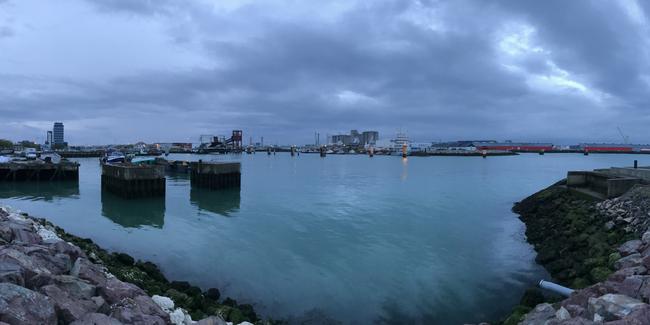
It’s still a large basin of water backed by a jumble of cranes, masts, boats and pylons. It’s a busy working port, and looks like one.
As dawn breaks, the harbour slowly comes to life — just as Monet would have
seen it.
The title Monet gave to the painting he produced that morning was Impression, Sunrise.
The artist did the picture all in one go, adding his name and the year in the same sitting.
He was only 32 years old and not yet famous or even well known. But the title would lend its name to the term Impressionism, arguably the most popular art movement of all time.
At first mocked and disparaged because their work was so different to the academic painting of the day, the Impressionists would blossom into incomparable popularity in the 20th century.
In the 20th century, Greek shipping magnates would boast about how many Impressionist paintings were screwed to the bulkheads of their huge yachts.
Today, the Impressionists are loved for the atmospheric beauty of their work. They almost invariably painted out of doors, using quick, impatient brushstrokes to make concrete what is really intangible — clouds, mist, shimmering light, the wind in the trees.
Because of its stylistic innovations, and because it named an entire art movement, Impression, Sunrise is today revered as an icon of French cultural heritage.
In spite of constant requests, it is almost never loaned out by the Musee Marmottan Monet, the beautiful Paris museum that owns it and where it hangs permanently.
But the Marmottan has partnered with the National Gallery of Australia and Art Exhibitions Australia to bring the highlight of its huge Monet collection all the way to Canberra.
The exhibition, Monet: Impression, Sunrise will be on view at the NGA from June 7 to September 1.
Joining Impression, sunrise in the exhibition will be 60 other pictures from various lenders around the world. The exhibition is designed to show more of Monet’s works, and demonstrate how he was influenced by certain other artists who paved the way for him to develop his genius to the full.
![Claude Monet’s Waterlilies [Nymphéas] c. 1914–17, purchased 1979, National Gallery of Australia, Canberra. Picture: National Gallery of Australia](https://content.api.news/v3/images/bin/454f8843a5882c71e0205d9eafa1c9ec?width=650)
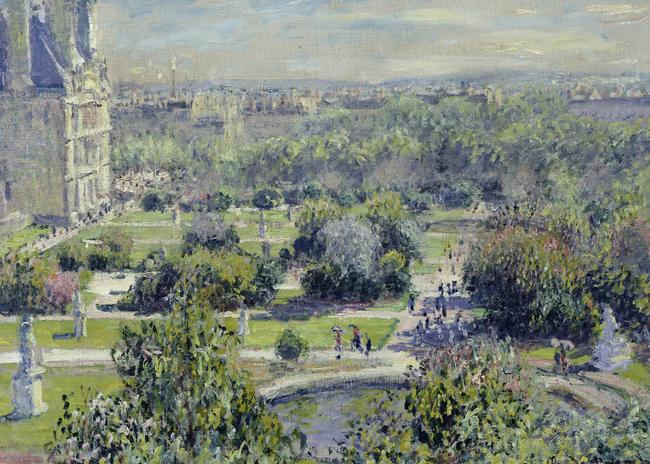
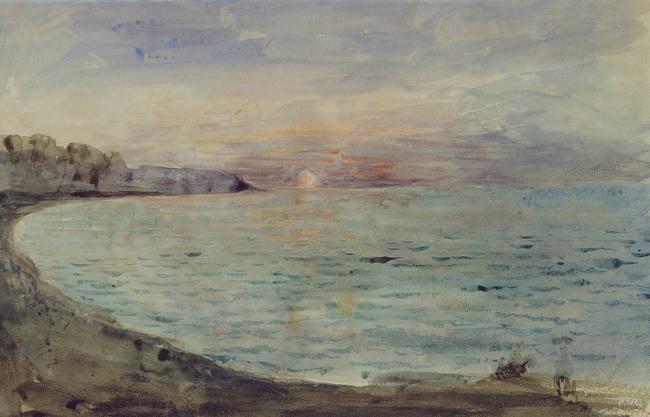
For example, Eugene Delacroix’s watercolour Cliffs near Dieppe (above) is a clear precursor to Impression, sunrise.
Monet: Impression Sunrise was designed exclusively for Canberra and won’t be seen anywhere else, something of which new NGA director Nick Mitzevich is proud.
Mitzevich is determined to broaden the audience for art, making sure every Australian knows they are welcome in the publicly owned National Gallery. And how better to do that than offer a painting that lies at the heart of Impressionism?
But why would the Musee Marmottan Monet send Impression, Sunrise so far when much closer requests to borrow the picture are refused?
Marianne Mathieu, Marmottan head curator and Monet specialist, has no hesitation in her answer.
“It’s because (Canberra) is far away we have to go there, to let you know we have new information about the history of Impressionism,” Mathieu says.
Mathieu is talking about a research project the Marmottan undertook on its “most emblematic possession” to celebrate the Marmottan’s 80th anniversary in 2014.
Joining Mathieu on the research team were fellow art historians Geraldine Lefebvre, who lives in Le Havre, and Dominique Lobstein of the Musee d’Orsay in Paris.
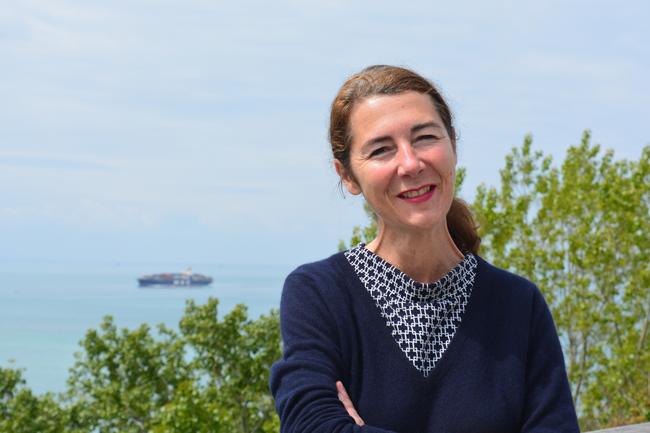
Also on the team was Donald W. Olson — and just why the professor of physics and astronomy at Texas State University was involved will shortly be revealed.
Mathieu says the group of experts set out to examine Impression, Sunrise not as an unassailable icon but as a landscape painting in oil paint on canvas.
“I wanted to pay a tribute to our icon. It was our duty to do that,” Mathieu says.
“I thought everything would already have been done and said. It’s so famous now that we didn’t stare at it, we didn’t look at it, we didn’t study it, and we made so many discoveries that it was like an inquiry.
“(The results were) a stupefaction for all of us, and we’re quite happy about that.”
The group of art detectives undertook a systematic and painstaking examination of the painting and the place it depicted.
They made a topographical analysis of the Le Havre harbour. They took astronomical calculations of the direction to the rising sun, hydrographic calculations of the tide levels, and meteorological observations regarding the state of the sky and sea.
Perhaps above all, they opened their eyes to really look at the view Monet saw.
“Every morning we were very early on the dock to see the sunrise,” Lefebvre says.
The team was able to show that Monet painted Impression, Sunrise from a window of the Hotel de l’Amiraute (Admiralty Hotel) on the Le Havre waterfront.
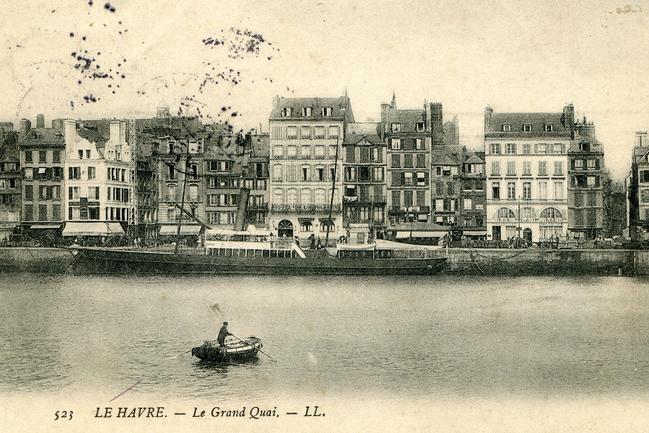
And they were able to conclude — somewhat incredibly — that the painting probably depicts the harbour at 7.35am on Wednesday, November 13, 1872, with a light easterly wind blowing and some mist and fog on the water.
For Lefebvre, all those cold mornings on the Le Havre docks are what art history is really about, and to be able to so accurately nail down the painting’s origins was thrilling.
“It was something to find exactly where Monet was when he painted this masterpiece,” Lefebvre says.
When Monet painted Le Havre, he was in a sense returning home. Born in Paris, Monet grew up in Le Havre from the ages of five to about 19.
He then studied art in Paris but he often returned to the port town of his youth.
When he was 15, Monet had been talent-spotted in Le Havre by a local artist called Eugene Boudin, whose painting style influenced Monet profoundly.
But Monet’s parents were displeased, believing Boudin to be leading their young son away from the path of academic art which they had hoped for him.
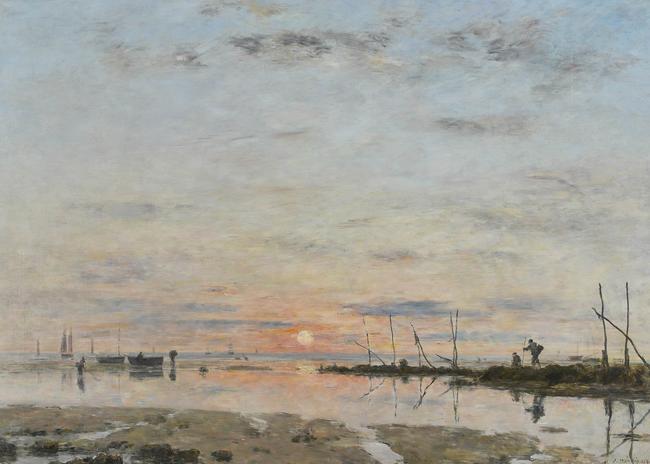
It was Monet’s wealthy, childless aunt, Marie-Jeanne Lecadre, who gave him the most support because she strongly believed in his ability, according to Lefebvre.
Lecadre lived in a house called Le Coteau in Sainte-Adresse, now a suburb of Le Havre. Le Coteau is still there and although its gardens are now slightly shaggy, you still get the feeling of what it was like when Monet lived and painted there for long periods.
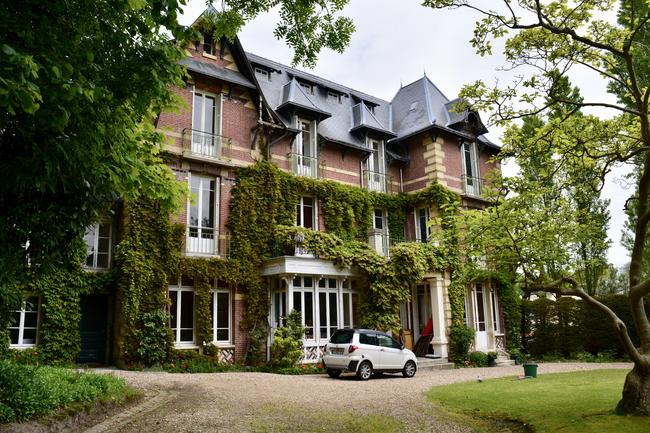
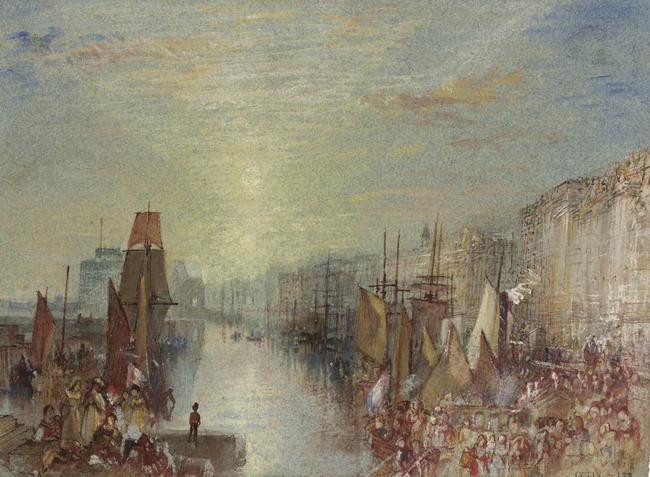
In 1870 Monet went to London, where he was hugely influenced by the works of the British painter J.M.W. Turner, some of which (see above) will also be in the exhibition in Canberra.
In 1871 Monet’s father died in Le Havre, and in 1872 Monet returned to his home town — but booked into the Hotel de l’Amiraute rather than stay with his father’s second wife and his half-sister.
Monet had been close to his mother, who died in 1857, and perhaps resented his father’s second love.
So, finding himself in his hotel room that morning in 1872, what could be more natural for Monet than to look out the window and paint what he saw?
It was two years before the picture went on public exhibition. That event was the what became known to art history as the First Impressionist Exhibition, held in photographer Nadar’s former studio in the Boulevard des Capucines in central Paris. Other artists exhibiting in that show included Degas, Renoir, Pissarro and Morisot.
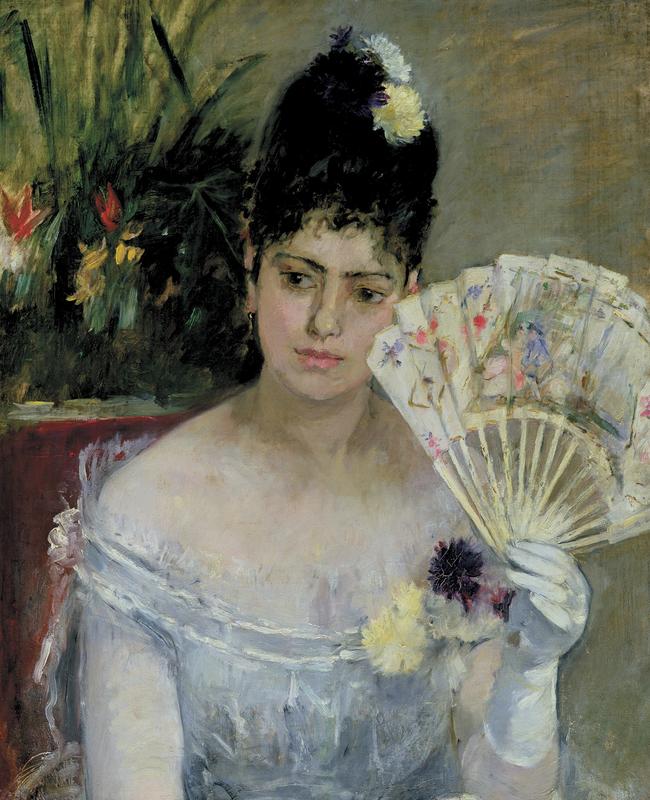
The artists were deliberately positioning themselves as separate from the academism of those successful and well known studio painters who supplied the annual and prestigious Paris Salon with grand scenes from myth, legend and history.
At the time of the rebel exhibition opening in the Boulevard des Capucines, the word Impressionist did not yet exist. But when art critic Louis Leroy turned the title of Monet’s painting back on the group, calling them “impressionists”, the name stuck.
Impression, Sunrise sold two years later. It was bought by the Parisian collector Ernest Hoschede. (Monet later fell in love with Hoschede’s wife Alice, and she became his second wife after the premature death of his beloved Camille.)
In 1878, after Hoschede had gone spectacularly bust, Monet’s Impression, sunrise was sold to Romanian-born aristocrat Georges de Bellio who is believed to have offered homoeopathic type treatments to some of the Impressionist artists.
After De Bellio’s death in 1894, his only child Victorine inherited Impression, sunrise. The cultured and generous Victorine and her aristocrat husband Eugene Donop de Monchy hung the work in their prestigious Paris apartment in the Rue de l’Abbaye.
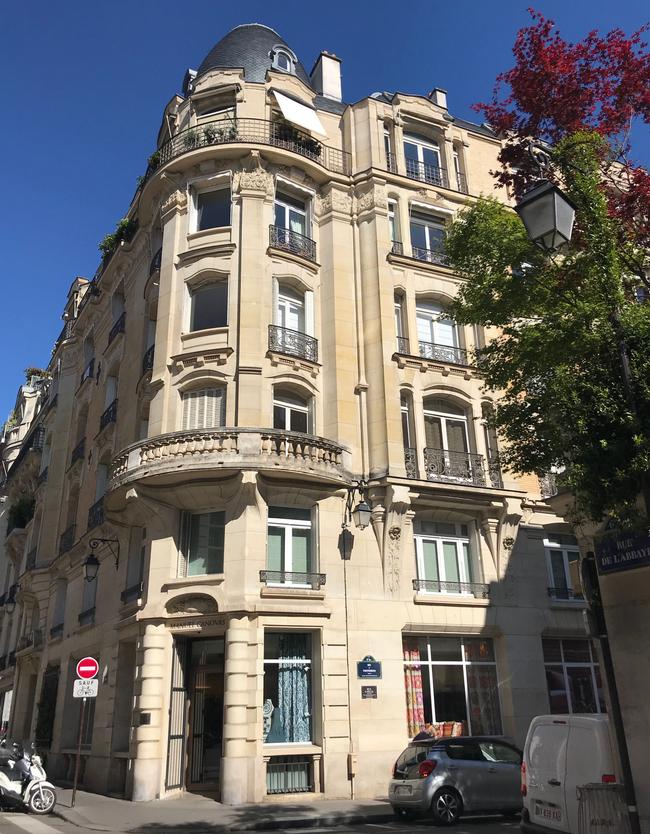
(Coincidentally, the Donop de Monchys’ apartment block is almost exactly next door to the apartment block in the Place de Furstenberg where celebrated French painter Eugene Delacroix had his home and studio from 1857 until his death in 1863.
It was during this time that a very young Monet, and a fellow student artist called Frederic Bazille — obsessed with the master — rented an apartment in Delacroix’s building for the express purpose of spying on him in his garden below their windows.
Of course, this was many years before Monet’s return to Le Havre where he painted Impression, sunrise.)
Victorine and Eugene Donop de Monchy were in the process of giving Impression, sunrise to the Musee Marmottan (it did not yet sport Monet in its title) when World War II approached.
In 1939 the painting was sent out of Paris for safe keeping to the Chateau de Chambord, where it remained in a crate with other Marmottan paintings throughout the war.
According to Mathieu, the Chateau was under Nazi administration during the war. But the Marmottan crates remained unopened and were safely returned to Paris after the war. They were not looted by the Nazis, she says, because they were not in Jewish ownership.
In 1946, Impression, sunrise was uncrated and put triumphantly on view at the Marmottan.
In 1966 Claude Monet’s son Michel left his entire estate to the Marmottan, including his father’s extraordinary house and garden in Giverny where he had painted his famous series of water lilies.
But more drama was in store for Impression, sunrise. In 1985 the painting was stolen from the Marmottan by armed robbers. The picture was recovered by the French police in 1990 and returned to the museum.
Marianne Mathieu says she is aware of few details about what happened to Impression, sunrise while in the hands of others, although it is known it was removed to Corsica.
The painting, thankfully, suffered minimal damage while in the hands of thieves.
Why did Victorine de Bellio choose to leave Impression, Sunrise and many other works in her collection to the Marmottan, a former hunting lodge on the edge of the Bois de Boulogne
in Paris?
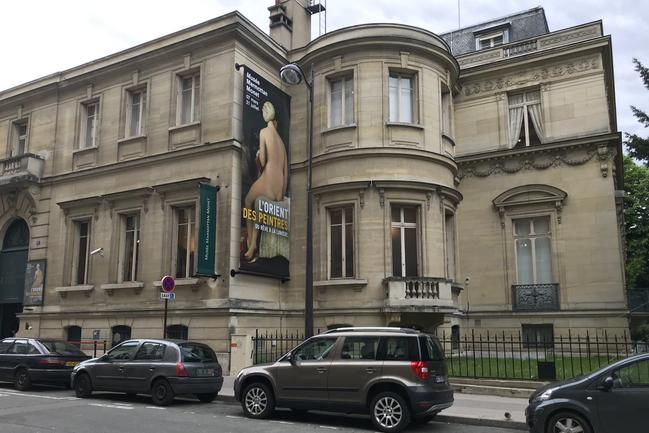
“That’s a good question,” Mathieu says.
“She chose Marmottan because Marmottan is a house, and when she visited the museum for the first time when it opened its door in 1934, she felt like home.”
While the painting is away from home on its visit to Canberra, Mathieu says many visitors to the Marmottan will be asking where it is.
So the Marmottan plans to announce on its website that their precious jewel is being loaned out a very long way away, where it is spreading its message about the new research which has made it even more fascinating than before.
“We will tell people it’s away — but for a good reason,” Mathieu says.
Monet: Impression Sunrise will be on exhibition at the National Gallery of Australia, Canberra, from 7 June to 1 September. Details: nga.gov.au/impressionsunrise/


